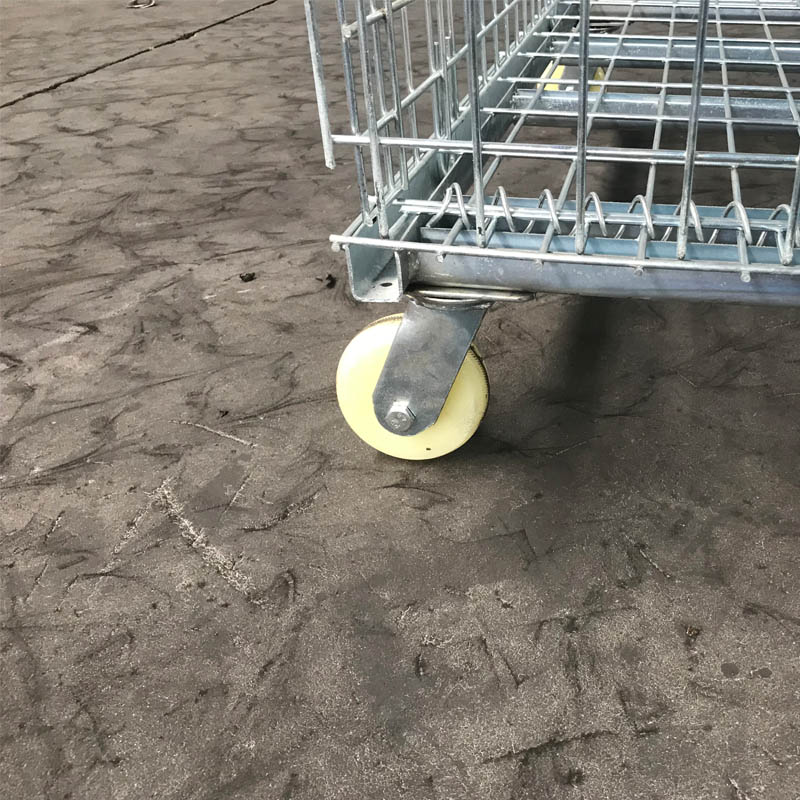
- Mobile Phone
- +8613931874955
- sales@cntcmetal.com
Exploring Quality Options for Custom Coil Springs and Suspension Solutions for Various Industries
Exploring Coil Springs Specialties Innovations and Applications
Coil springs are vital mechanical components widely used in various industries, from automotive to aerospace, due to their ability to absorb shock, store energy, and provide mechanical advantage. The specialized production of coil springs has become essential in enhancing performance, safety, and longevity in numerous applications. In this article, we will delve into the various aspects of coil spring specialties, including their design, manufacturing processes, and applications.
Understanding Coil Springs
Coil springs are formed by winding wire around a cylindrical shape, creating a helical structure that can compress or extend under load. This design allows them to return to their original shape once the load is removed. There are several types of coil springs, including compression springs, extension springs, and torsion springs, each serving specific purposes and applications.
Design Considerations
The design of coil springs involves numerous considerations to ensure optimal performance. One of the primary factors is the choice of materials. Common materials include carbon steel, stainless steel, and alloy steel, each selected based on the spring’s intended use, strength requirements, and environmental conditions. Additionally, the diameter, number of coils, and wire gauge are critical design elements that affect the spring's stiffness and load-bearing capacity.
Advancements in computer-aided design (CAD) software allow engineers to create precise models of coil springs, simulating their behavior under various loads and conditions. This technology enables the production of customized springs tailored to specific applications, ensuring that they meet stringent performance expectations.
Manufacturing Processes
The manufacturing of coil springs involves several processes, including wire drawing, coiling, heat treatment, and finishing
.coil springs specialties

1. Wire Drawing The first step in producing coil springs is drawing the raw wire to the desired diameter. This process involves pulling the wire through a series of dies, which refine its thickness while increasing its length.
2. Coiling The coiling process forms the wire into the helical shape. CNC coiling machines are widely used for their precision and efficiency, allowing for the production of springs with consistent dimensions and characteristics.
3. Heat Treatment After coiling, the springs undergo heat treatment to enhance their mechanical properties. This process involves heating the springs to a specific temperature followed by a controlled cooling process, which increases their strength and elasticity.
4. Finishing Finally, the springs may receive various finishing treatments, such as shot peening or coating, to improve their durability and resistance to corrosion.
Applications Across Industries
Coil springs find applications in various sectors, each benefiting from their unique properties. In the automotive industry, coil springs are used in suspensions systems, ensuring a smooth ride by absorbing shocks from the road. In industrial machinery, coil springs provide aid in lifting and lowering heavy components, enhancing operational efficiency.
The aerospace industry utilizes coil springs in landing gear and control systems, where reliability and weight savings are critical. Additionally, consumer products, such as mattresses and pens, use coil springs for comfort and functionality.
Conclusion
Coil springs are indispensable components that play a crucial role in modern engineering and design. As industries continue to innovate and demand higher performance standards, the specialization and customization of coil springs become increasingly important. Advances in manufacturing technology and materials science are propelling the development of coil springs that are not only stronger and more efficient but also tailored to meet the specific needs of diverse applications. As we look to the future, the role of coil springs will undoubtedly continue to evolve, contributing to safer, more efficient, and more reliable technologies across various sectors.
share:
-
Your Source for Concrete Wall Ties and Masonry AccessoriesNewsJul.10,2025
-
Unlocking the Power of Iron Wire for Every ProjectNewsJul.10,2025
-
Explore Advanced Chain Wire and Stainless Steel Mesh FencingNewsJul.10,2025
-
Discover the Benefits of Annealed Wire ProductsNewsJul.10,2025
-
Discover China Stainless Steel Wire Mesh SolutionsNewsJul.10,2025
-
Build with Confidence Using High-Performance Masonry AccessoriesNewsJul.10,2025
-
Why Sacrificial Formwork Is Redefining Underground ConstructionNewsJun.06,2025



















